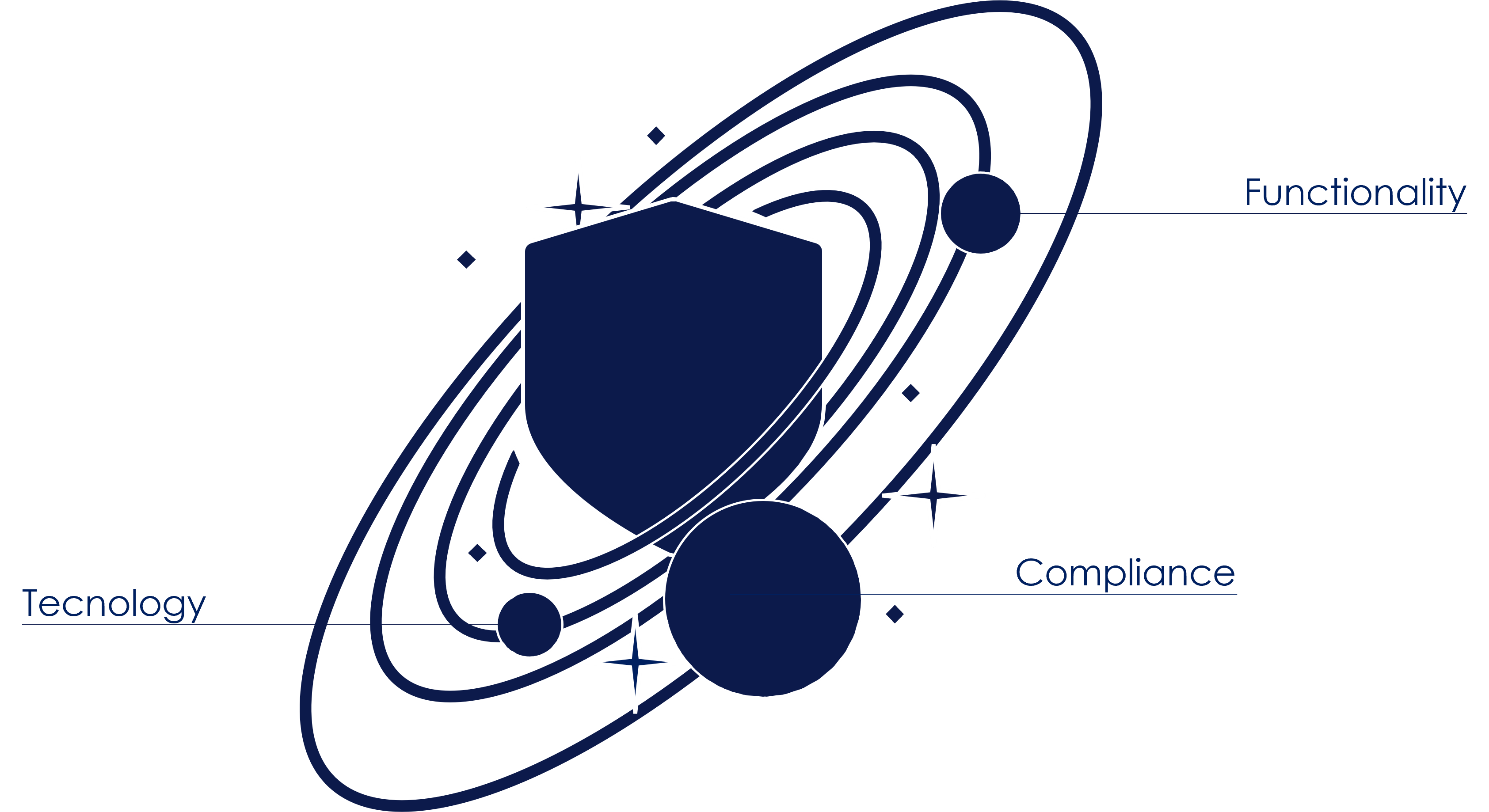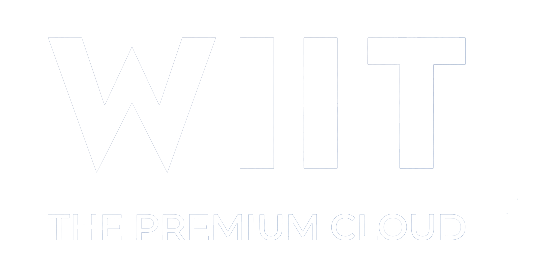Identify gapsWhy assessment is essential
It is no longer a question of if, but when. By now, no company can claim to be outside the sights of cyber criminals. Since they are based on information flows, operational processes depend on data that, once stolen or blocked, prevents normal operations.
Understanding what the technological limitations of work tools are, what the level of protection of networks is, and most importantly, what the resilience of the organization is after a cyber attack or incident is essential to identifying appropriate countermeasures.


Identify the roadmapThe importance of a strategy
After identifying the gaps to be filled, it is necessary to chart a course for developing the methodologies and solutions that best address the specific needs of the enterprise.
A strategy for implementing an extensive, flexible, multi-layered Cyber Security system involves not only careful planning, but also a series of training initiatives to improve the awareness of the corporate population of the dangers of cyber threats. Appropriate tools and proper conduct, in other words, must go hand in hand.
Proprietary methodologyWIIT's strategic approach

Listening activityUnderstanding customers' needs
Assessment is the most delicate part of any digital transformation process, and this is even more true when it comes to Cyber Security. Thanks to the experience gained in various business verticals and the skills developed in the technological field, WIIT is able to grasp the real needs of clients in terms of security and data protection through a proprietary methodology: no more than a couple of meetings are sufficient to gather all and only the information necessary to initiate the change process.

WIIT Cybersecurity Universe

Assessing the resilience of systems
An integral part of the assessment is the verification of the effectiveness of the tools provided by the company to safeguard the resilience of the systems and ensure operational continuity in the presence of IT incidents. Taking an “outside” look helps organizations more clearly identify any non-compliant processes.
Defining company positioning
By pooling the level of Cyber Security preparedness the company has and the type of solutions already implemented, it is possible to accurately define the positioning of operational processes with respect to cyber threats.


Identifying
strategic objectives
At this point, it is necessary to identify the goals you need to achieve to close the gap between the status quo and an optimal situation, i.e. that enables the organization to effectively counter cyber attacks and incidents.

Elaborating a new roadmap
It is not enough to know in which direction to move: it is also necessary to define, together with the partner, the tools, the professionalism and the stages that will characterize a path that is unlikely to be linear.

Checking the effectiveness of interventions
At the root of the success of any digital transformation project (which on the other hand is based on the concept of continuous improvement) is the ability to analyze the results obtained and compare them with appropriate KPIs.
The WIIT security index
Plant & Industrial Cyber Security tool management activities are also grafted onto the WIIT Security Index, which includes:
178Variables analyzed
5levels of depth
25weighted coefficients
100overall score points
5subscore per category
Vertical competences for specific needs
The competence centers made available by WIIT are teams that the group has developed over the years through the implementation of projects in sectors with certified professionalism:
























